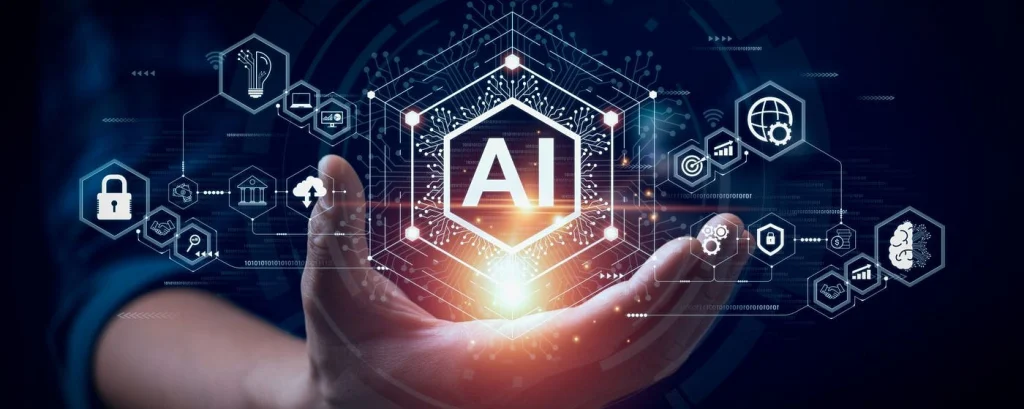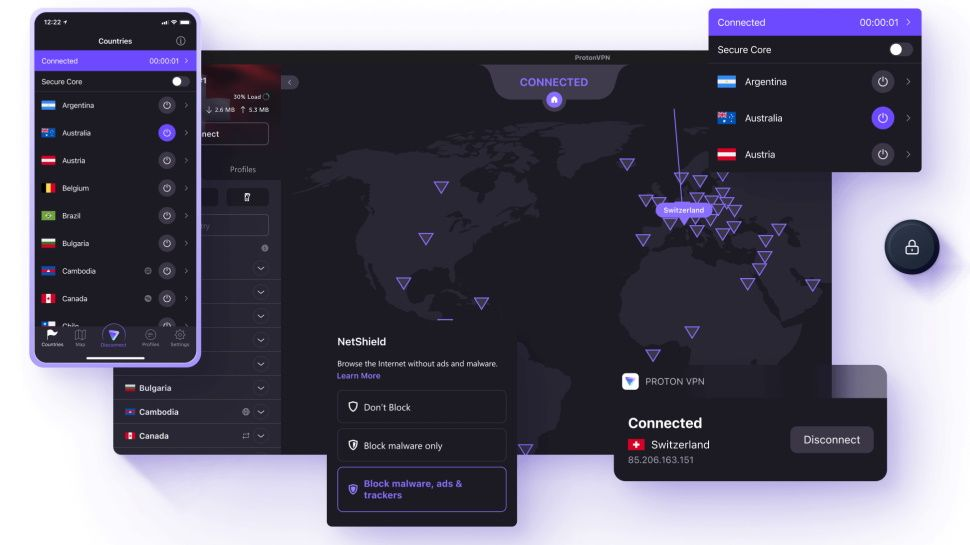As sales and marketing work shifting online, the requirement for appropriate tools is increasing. Today we can generate revenue using various online channels as most of the business’s audience is shifted online, so you must have robust tools in order to streamline your whole work and let you achieve your targeted goals. So, today let’s discuss one powerful sales engagement and automation platform developed to assist various businesses find, engage, and close more deals.
The platform is Apollo.io. It is a cloud-based sales automation tool that works as a lead generation, contact database management, and email outreach platform. It helps in implementing, analyzing, and refining growth strategies by verifying contact details. The platform is ideal for its users as it gives various advantages such as automation of various tasks such as emails, sequence touchpoints, logging, transcribing, and recording, and features call dialing, supports CRM integration, team management, performance analytics, and real-time data for potential leads.
Apollo’s Features: –
Apollo offers a robust suite of features to enhance your business’s sales capabilities. Sales Intelligence: – It provides a great helping hand with accurate prospect data to identify and prioritize the highest quality leads. It provides a contact database consisting of 275 million+ contacts so that you can easily reach out to potential prospects with verified information. You can also buy an email list to gather contact details like email ID and contact numbers. You can easily target leads that match your specific criteria with advanced search filters. With this feature, you can easily find a group of ideal customers. The platform identifies prospects who are looking for your solutions, so it gives a more personalized approach, as you can design messages as per the intent of the prospects. Sales Engagement: – To streamline the process of connecting with prospects, using various tools such as Customizable Sequences: – you can easily create and automate multi-step sequences of emails, calls, and more, which gives a personalization effect at a great scale. You can easily send hyper-target content by automating repetitive tasks. It also supports various channels, so you handle all inquiries of various channels such as email, LinkedIn, phone calls, and more on one dashboard. It also provides an AI writing assistant which increases the likelihood of engagement and conversion rates.
Workflows & Automation: – To boost productivity, it enables you to automate repetitive tasks, so that you focus on selling rather than administrative tasks. Go with simple automation such as lead scoring, and follow-ups as over-automation decreases the level of personalization, but Mindful implementation and automation boost productivity. Analytics & Tracking: The platform provides various reports and dashboards compromising of various data and insights to pick out the room for improvement and optimization. Data-driven selling can be strengthened with strong analytics, as focusing on KPIs and aligning them with target goals is a crucial component. APIs and Integrations: – The platform provides valuable integrations with other platforms, as you can easily integrate with CRM software which allows you to collaborate and track integrations. Therefore your sales record remains updated in all systems as it reduces the likelihood of duplicacy. For particular business needs it provides advanced custom integrations as it offers developer APIs. Technical expertise for setup and maintenance are key components of these integrations.
Plans offered by Apollo
So, if we talk about the plans offered by Apollo, then mainly there are four plans. Free, Basic, Professional, and Organization. Billing of paid plans has two options one is annual billing and the other one is monthly billing. In all four plans, you will get email, mobile, and credits on a yearly basis, but the quantity of the credits is different in every plan. Free Plan offers various ground-level benefits such as sequence automation, basic filters, AI assistant, limited API access, tracking of website visitors, and more. The Basic plan offers more advanced features in addition to free plan features such as advanced filters, outreach, SalesLoft integration, email open and click tracking, data enrichment, buying intent filters, and more. The professional plan is one more step ahead of the Basic plan, as it offers every feature of the Basic plan but with the addition of more features such as uncapped sending limit and sequence limit, advanced report and dashboards, task managers, dialers, call recording, permission profiles and more. Organization Plan is the more advanced plan as it includes all the benefits of a Professional plan and other benefits such as advanced security configurations, advanced API access, customized reports, AI assistant with extra benefits, and more.
Pros of using Apollo
Let’s discuss some advantages of Apollo if you use it to boost your business’s sales. It has a vast database of verified contact details, so you will get access to 275+ million contacts. It provides advanced search filters that help to target leads precisely. It has strong automation capabilities so you can automate various tasks such as email sequences, so that you can remain more focused on selling. It also supports various channels, so can easily handle various inquiries of various channels like emails, calls, and LinkedIn on one dashboard. For a complete record of sales performance, it offers detailed analytics so you can easily track and optimize the campaigns. It also can easily integrate with various CRMs for workflow efficiency. Affordable and flexible pricing plans work like the cherry on the cake.
Conclusion
So while concluding up, we can say that Apollo is a robust sales automation platform, to increases sales productivity as it helps to automate monotonous tasks and be more focused on selling strategies. It becomes a great asset for the sales team as it offers a great contact database, advanced search filters, and strong automation features.

























